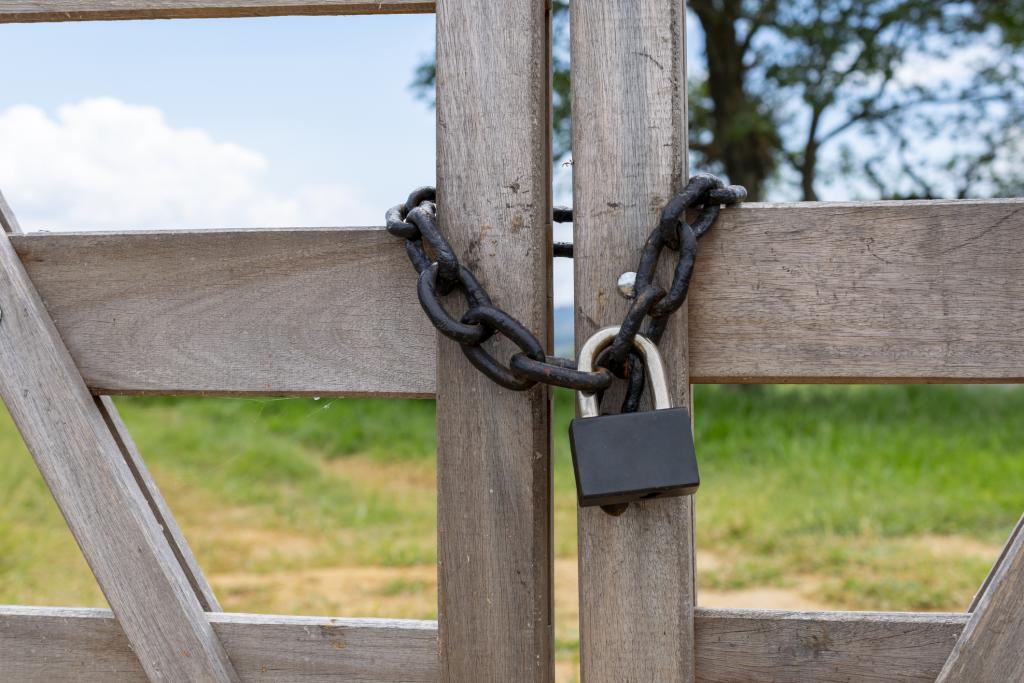
Sometimes colloquially described as “squatter’s rights“, or “stealing” as one of my clients once described it, Adverse Possession is a legal principle under which a person who does not have legal title to a parcel of land acquires legal ownership based on continuous possession or occupation of the land without the permission of the paper title owner.
Adverse Possession claims are frequent and the Land Registry deals with thousands of applications each year. Many applications are contested and end up being dealt with in the First-tier Tribunal (Property Chamber). Our Property Litigation Team acts and advises upon claims which range from dealing with small slivers of land adjoined to domestic properties, to large expanses of land used for farming and other commercial purposes.
This article specifically deals with a few discrete points of law around Adverse Possession and the impact that a claim against the surface rights may have on any mines and mineral rights below. It will be of particular interest to you if you are an Estate Manager or Surveyor working for a business in the Mines and Minerals Sector.
Can you adversely possess mines and mineral rights?
The short answer is ‘yes’. However, not all mines and minerals are subject to the law of Adverse Possession. For example, coal and coal mines that are vested in the Coal Authority are excluded under the Coal Industry Act 1994 and Limitation Act 1980, and gold and silver mines remain the subject of prerogative right of the Crown (also under the Limitation Act).
The Queen, may she rest in peace, had to get her jewels from somewhere and the King will too!
The King also requires fuel (how else would one travel), and petroleum in its natural state of ‘black gold’ is also vested in the Crown, together with exclusive rights to bore for and get petroleum under the Petroleum Act 1998. That’s the monarchy references over.
With the exception of these types of minerals most other minerals are ‘fair game’ when it comes to Adverse Possession claims.
What principles apply to the adverse possession of mines and minerals below the surface?
Generally speaking, possession of the surface is also possession of the soil and minerals found below. However, one exception to this rule is where the title is severed vertically with the mineral rights being separated out from the surface rights. Where that is the case, it is possible to take possession of the surface only and the mineral rights will remain unaffected.
The same outcome may also be achieved where the owner of the land continues to use part of its land with the squatter in possession of another part.
So, for example, let’s assume that the Happy Mining Company is the owner of land where the surface and mineral rights form part of the same title. It could be busy blissfully blasting and drilling hard rock for lithium below the surface, unaware that Mr Johns, an arable farmer, is using a section of the surface above to cultivate his crops for the 19th consecutive year. Whilst Mr Johns may be able to acquire adverse possession of the surface, the Happy Mining Company’s active use of the subsurface rights should prevent him from acquiring title to the sub-surface rights.
If, on the other hand, the Happy Mining Company was not actively working the mine below the area used by Mr Johns and had not done so for 50+ years, then it would potentially be open for Mr Johns to acquire not only the surface rights, but the mineral rights below and Mr Johns may be entitled to exploit them.
Accordingly, the vertical extent of the ‘possession’ by the squatter should be considered on a case by case basis.
Can a squatter working part of a mine acquire title to the whole mine?
The simple answer is ‘no’, not unless the paper title owner intended to put the squatter in possession of the rest of the mine.
There have been a number of cases in which the courts have concluded that a squatter who works part of a mine does not acquire title to the whole. The reasoning behind this is somewhat unclear, but most commentators believe it is down to the fact that adverse possession must be ‘open’ (not concealed) so as to be obvious to a reasonably careful owner.
To use the example of the Happy Mining Company again, let’s assume for one moment that its title adjoins a title in the ownership of the Incredibly Sad Mining Company, who is also mining lithium by blasting hard rock (but not having as much fun doing it). Both companies have separate mineral titles and the boundary between the two is at point ‘x’. The Incredibly Sad Mining Company has mined beyond point x to point ‘y’ and has done so for 15 years. Whilst the Incredibly Sad Mining Company could look to acquire adverse possession of the area between points x and y, it would not acquire title to the rest of the unworked mine beyond that in the ownership of the Happy Mining Company.
Points to consider | Adverse Possession claims
It is worthwhile keeping on top of any encroachments on the surface, especially where your title includes both the surface and mineral rights and they are not separate. Whilst more often than not an adverse possession claim is unlikely to significantly impact upon operations, I have assisted mining clients in dealing with claims where the potential acquisition of sub-surface rights by adverse possession will make it more difficult (and more costly) to work the minerals and where similar claims will prevent the working of large deposits.
On a side note, it is also worth keeping abreast of any development that is being proposed if the surface is separated out and whether works are necessary beneath the surface in the course of development. Would those works involve traversing through any minerals strata? Perhaps an interesting point if you are aware of, or indeed involved in, a development project or acquisition and disposal of commercial property with minerals rights.
If you have any further questions regarding adverse possession, feel free to contact our disputes resolution team.
